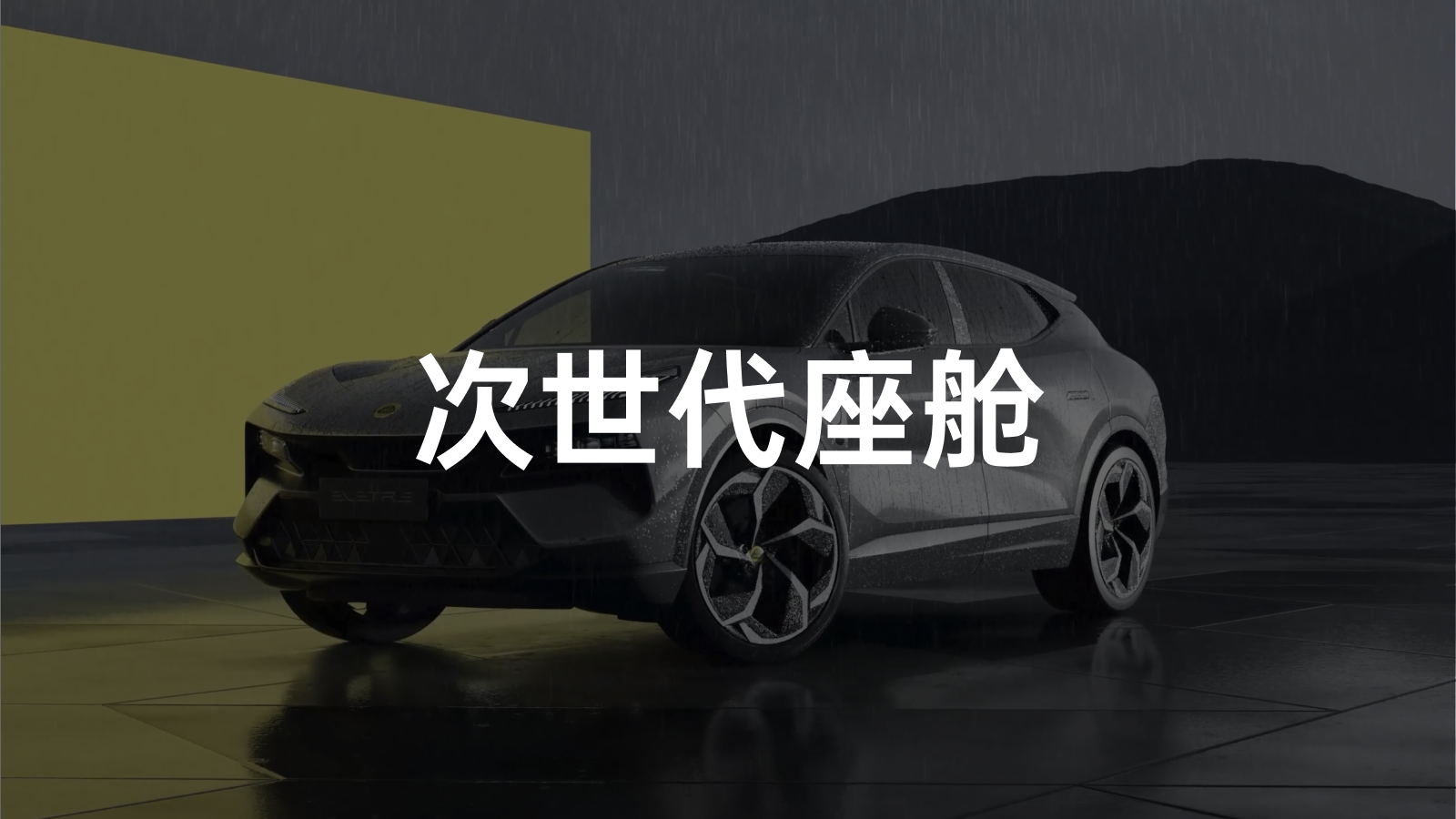A Versatile Car
If you were to ask for the most cost-effective brand of supercars currently available, perhaps the only answer would be Lotus. And if you wanted something more specific, such as an SUV with supercar attributes, then the answer might be only one: Eletre.
As a brand that has been dealing with aerodynamics for years, Lotus has “easily” created the electric supercar Evija with stunning design, and also equipped its first pure electric SUV Eletre with two high-power electric motors, enabling the R+ version of the Eletre to have a maximum power of 675 kW and a maximum torque of 985 N·m.
With this level of power, the SUV’s zero-to-100 km/h acceleration is just 2.95 seconds.
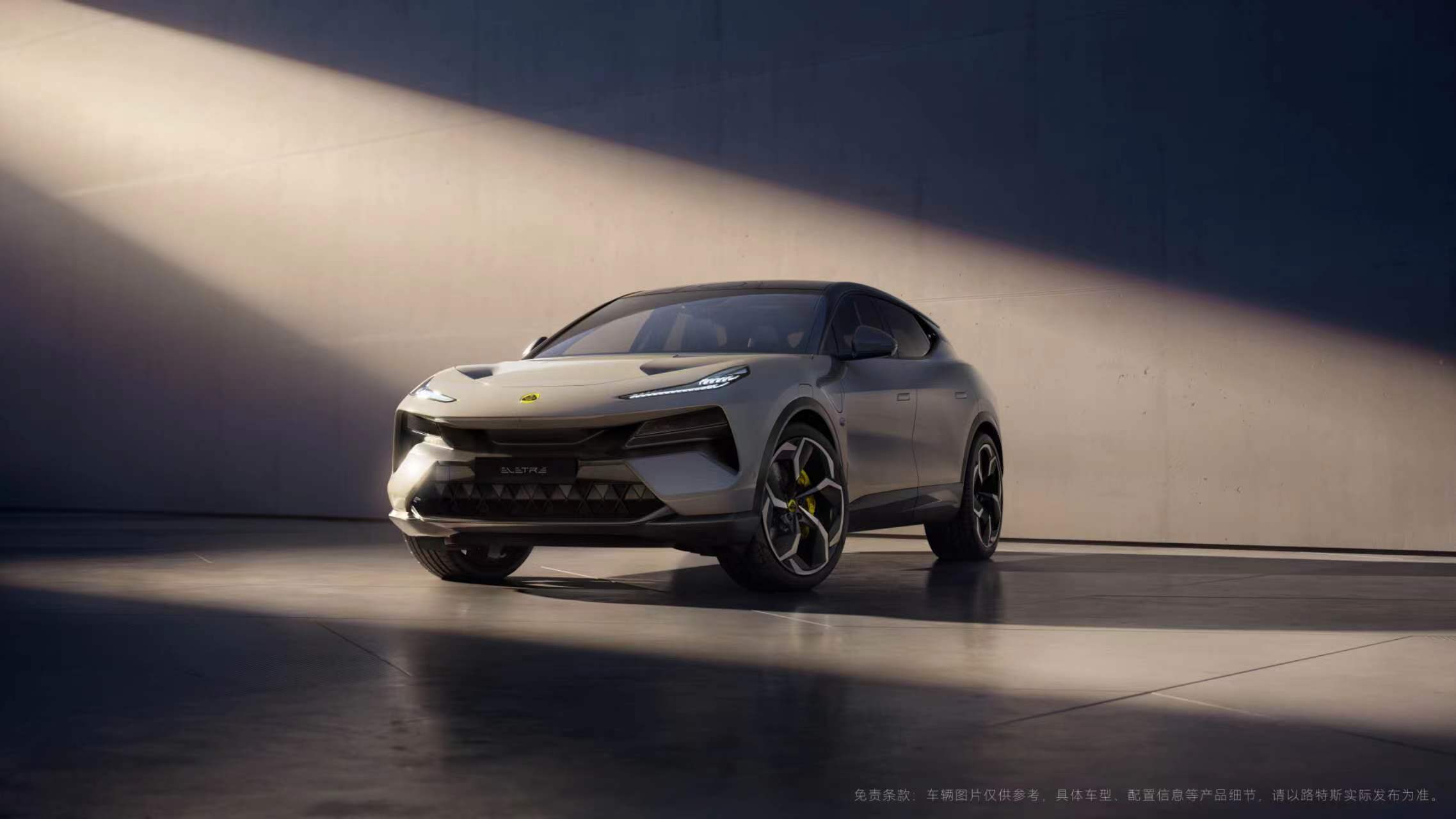
In addition, the body of the car has 7 sets of Race-Aero air ducts, continuing the appearance design of the pure electric supercar Evija, which gives this pure electric SUV an aerodynamic design that used to only appear on supercars, helping the Eletre achieve a drag coefficient of 0.26 and a maximum net downforce of 90 kg.
Obviously, the Eletre has achieved supercar-level performance, but what is most innovative and groundbreaking in my opinion is its next-generation cockpit interactive system – Lotus Hyper OS.

Before exploring this future system in detail, let’s review the story of human-computer interaction.
A New Chapter of Human-Computer Interaction
Human-computer interaction originated when computers were first invented in the last century. In the earliest consumer-level computers, human-computer interaction was still achieved through entering command lines on a keyboard, and then observing the computer’s return values on an external monitor. In this process, both input and output involved only a series of code text.“`markdown

The experience with computers used to be extremely bad, and the learning curve was very steep, which made it seem like only programmers could use them.
Therefore, in the early days, computers were not only difficult to use but even seemed far from the reach of the average person.
The turning point came in the winter of 1979 when Steve Jobs was visiting Xerox’s Palo Alto Research Center and was shocked by Xerox’s graphical user interface and mouse. What shocked him even more was Xerox’s indifference to this groundbreaking product.
When he returned, he gathered his engineers and described the mouse and graphical user interface he saw, and “borrowed” these two technologies for use in his personal PC. This was the beginning of the public’s awareness of the graphical user interface (GUI).
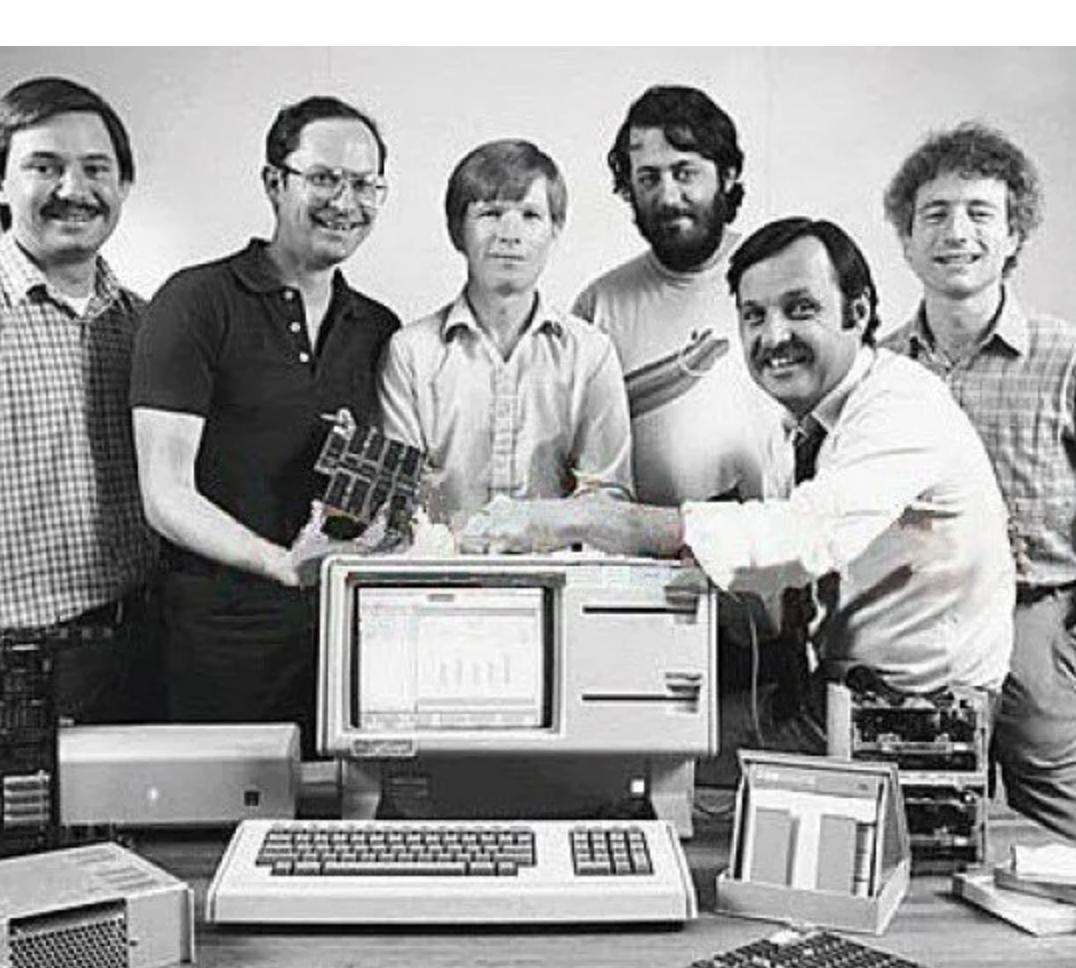
Later, with advances in technology, hardware with various interactive capabilities such as the mouse, touchpad, and touchscreen were developed one after another, and they still exist in various forms today. Of course, the touchscreen is undoubtedly the most widely accepted among them. It conforms to the logic of touch and movement in the real world, making this type of interactive hardware extremely easy to use.
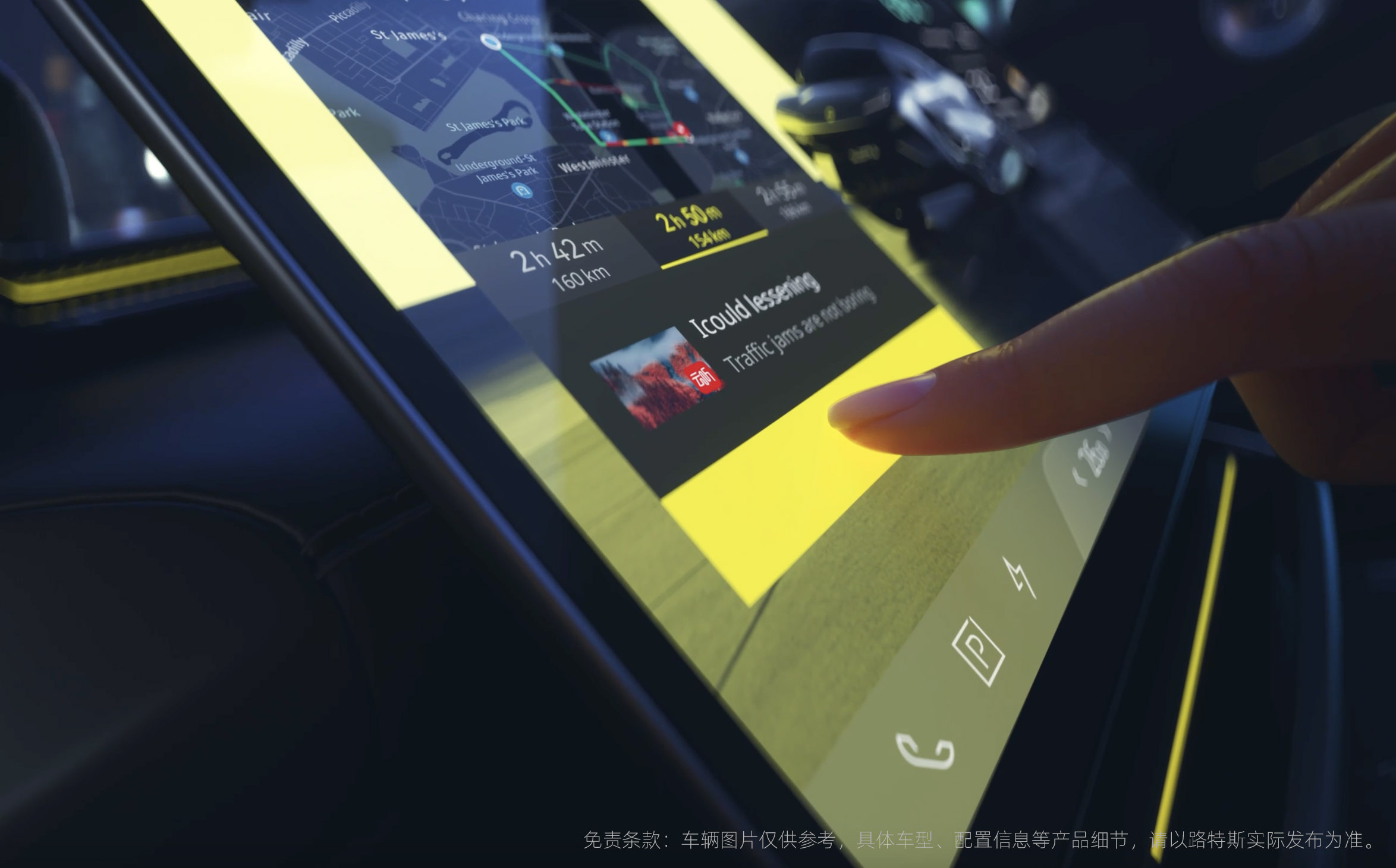
Lotus Hyper OS also uses touchscreens as the interaction medium, but in terms of form, it uses a more realistic 3D interactive method based on the hardware that pushes “2D” to near “3D” interaction, to enhance the user experience.
The Answer for the Next Generation
In general, someone familiar with using a smart system understands menu logic hierarchically. And these understandings are also based on a specific thing, such as people being able to pick up things accurately in the real world only by coordinating their eyes and hands.
“`In other conventional menus, if you want to adjust the wing, you need to click the vehicle control button first, choose the corresponding vehicle external setting column in the first-level menu, and then change the opening and closing of the wing in the second-level menu.
However, in the 3D vehicle control interface provided by Lotus Hyper OS, you can directly click the interactive control to make the settings.
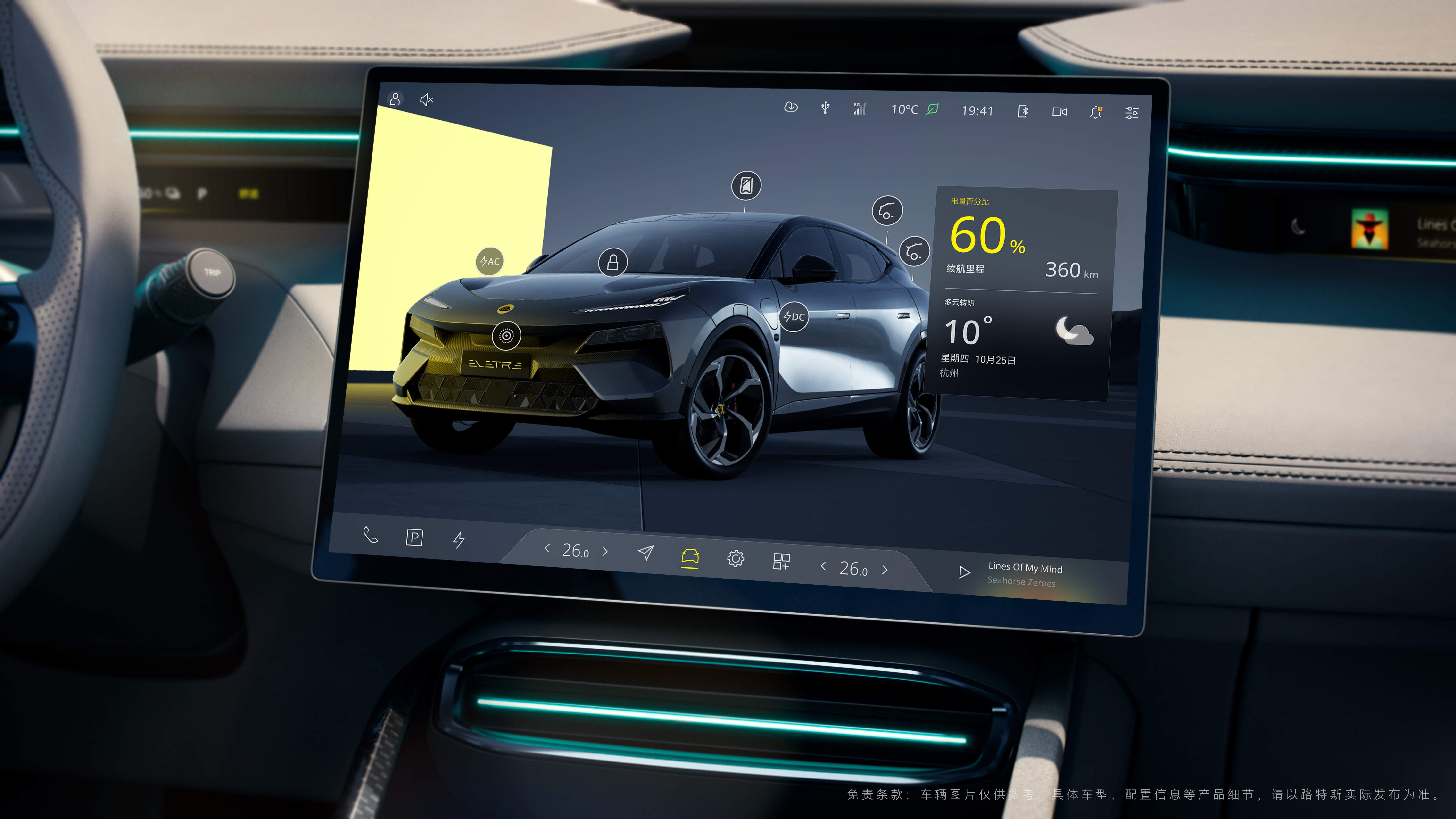
Therefore, in terms of the interactive logic of the 3D intelligent cockpit, the control logic has not fundamentally changed. Because the hierarchy relationship is integrated into the 3D user interface, the difference between the two interactive widgets is only the visual and text description.
But for users, a user who is not familiar with the intelligent interaction mode can directly get started with the 3D vehicle control interface because the interaction in this scenario is fully matched with real-world cognition, while the hierarchical menu requires understanding conversion.
Lotus’ interaction mode is very commendable. In most interfaces, Lotus Hyper OS uses the 3D rendered vehicle control screen as the bottom layer, and then suspends more setting menus on the entire 3D interface. The two types of elements are reasonably arranged, not only achieving excellent control convenience, but also gaining a gorgeous picture that is unique in the intelligent cockpit.
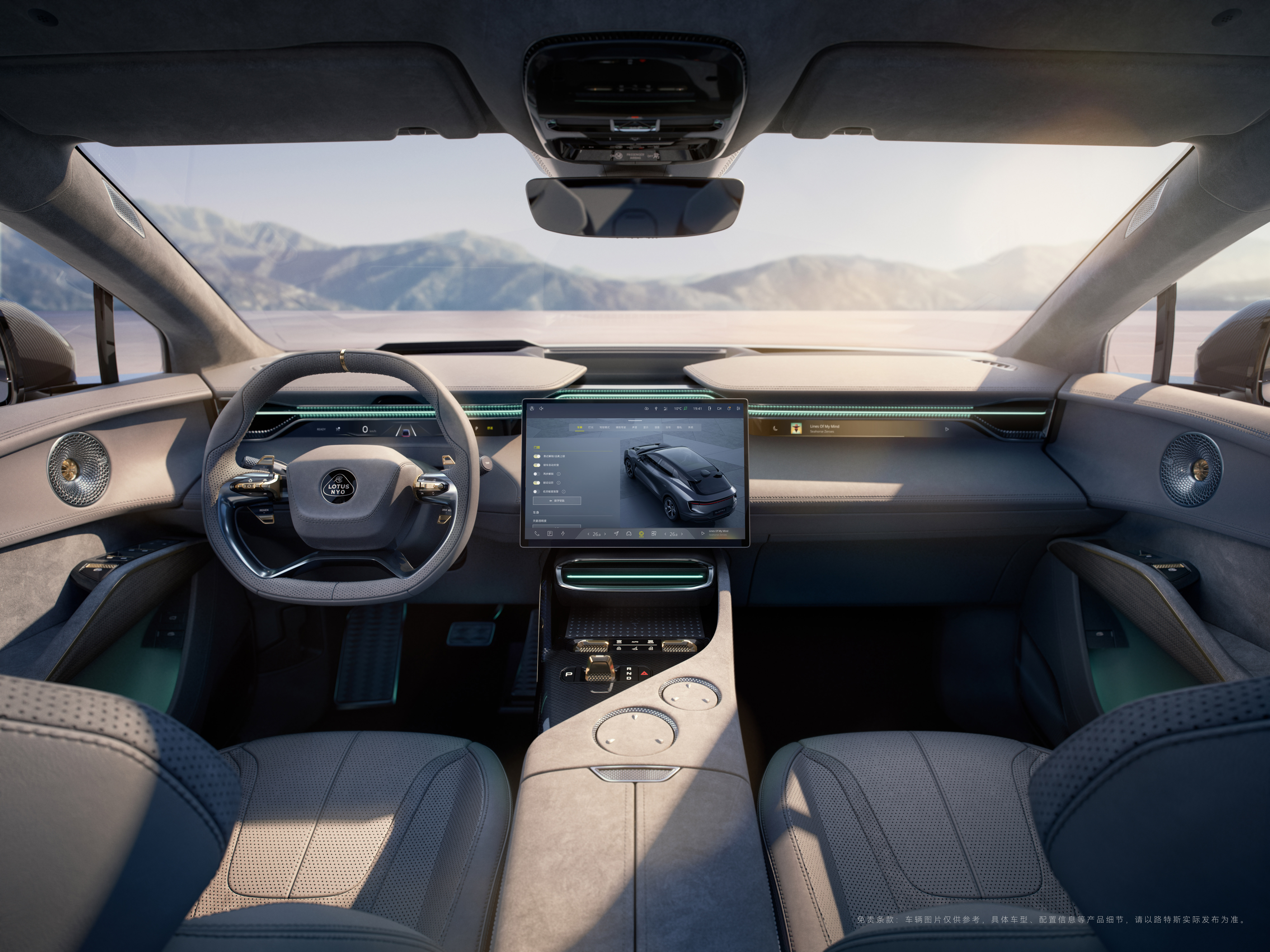
Looking back at the development history of interaction, you will find that the most obvious difference is actually in the visual aspect.With the development of information technology, people’s efficiency in receiving information has increased several times. From the earliest phonograph that could only transmit sound, to television that could transmit images, to various algorithms now being able to achieve customized content recommendation, and high-speed information retrieval on various online platforms, images and videos carrying these contents have become the mainstream form of information transmission. As a result, more and more highly designed and packaged content enters the public’s vision, and various visual styles blend and collide to create an aesthetic upgrade of online media.
With the advancement of computer computing power and network information, next-generation 3D game works gradually emerge. However, you will find that these games now have a realistic texture quality that is difficult to distinguish from reality, from their previously rough visual effects. This is the commonality that next-gen gives them.
When we look at the animation effects of Lotus Hyper OS, we can see that this cool and realistic light and shadow texture is not only full of details, it can even be said to be comparable to movie screens.
And in between, the key role played is Unreal Engine, or more precisely, Lotus Hyper OS is based on Unreal 4 to create a 3D interactive interface.
Let’s have a realistic rendering
There are actually many categories of visual styles in 3D rendering, but aesthetics is adapting to the times. The style that can be accepted by people in the long run among many styles must be the one that is closer to reality. This is the rendering of realistic style.
So how did Lotus Hyper OS achieve such a realistic visual effect?
As it happens, as someone who has worked on post-rendering at a film and television company, I can explain this question.
In the past, to achieve realistic rendering effects, artistic processing was often needed. The light and reflection effects we understand in film and television works are not unified with the physical laws in reality, but rather optical models created by artists after understanding them, which can be understood as artists using these optical models to create animated movies.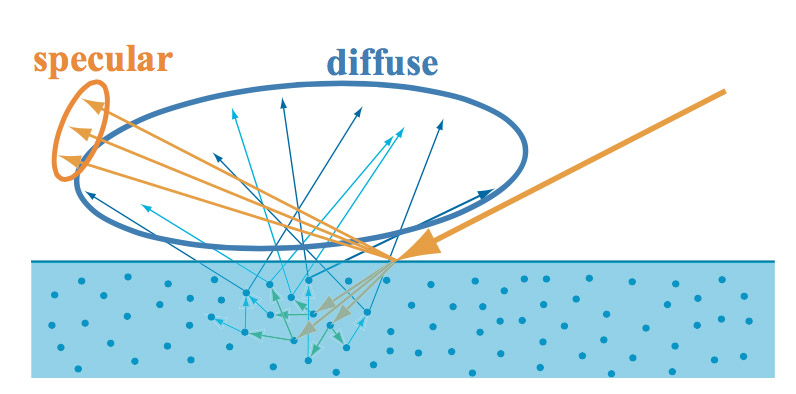
Therefore, this process is very time-consuming. In the conventional movie production process, if the time required for manual processing is not included, the calculation time required for each frame is easily up to hundreds of hours.
In the movie industry, the solution to this problem is to stack computing resources, and hundreds or even thousands of servers running simultaneously can reduce the actual consumption time. Therefore, this rendering method is called offline rendering.

However, game engines require real-time rendering, and 60 frames need to be rendered in one second. The generation time of each frame must be short enough to provide a smooth and delay-free experience.
So, does this requirement require car infotainment systems with PC-level performance to cope with it? Not necessarily. In recent years, the image quality and frame rate of the games that people can play have become better and better. Obviously, there are ways to solve these problems, and solving these problems requires some game production experience.
Game production technology empowers automotive intelligence
In order to obtain higher-quality image effects, the infotainment hardware of Lotus Eletre is equipped with two 8155 chips, and the two 8155 chips are connected through a high-speed interconnect interface to obtain a total computing power of 210K DMIPS, and the memory capacity is up to 32G.
However, having such a platform is not enough, and a lot of performance optimization work still needs to be done on Unreal 4 to achieve the effect of 60 frames per second.
 ## Translation
## Translation
Let us first understand what the most basic factors that affect performance are. In 3D graphics, the complexity of the scene has a huge impact, where the level of detail (number of faces) and quantity of models directly affects the frame rate of the game. The complexity of light and the number of light sources will exponentially increase the calculation load.
In game development, the LOD (Levels of Detail) technique is often used to reduce the number of faces that the computer needs to process. This technique involves rendering models that are further away and smaller in the scene with a simplified model with lower face count and detail, effectively reducing wasted performance while maintaining high scene fidelity.
In Lotus Hyper OS, this technique can be applied specifically to the virtual car interface. Since the scene is singular, and the visual center is the car, designers can increase the detail of the car while reducing the detail of the distant environment.

Furthermore, during the development of the digital cockpit, many performance optimization techniques can be employed, such as reducing the number of shadow projections so that the car’s shadow is only cast on the ground, or reducing the number of dynamic light sources and combining them wherever possible.
To create a realistic virtual world, Lotus Hyper OS extensively utilizes high-polygon car models, standardized PBR materials, and HDR environmental lighting techniques, ultimately creating an interface that is beyond ordinary.
Simply put, Physical-Based Rendering (PBR) refers to the rendering system that is based on physical optics. In Unreal Engine, the light is calculated and merged according to various optical types, such as basic diffuse reflection, specular reflection, and self-illumination, which are all compliant with the laws of optics in real life. Due to the tremendous customizability of Unreal Engine, performance can be optimized individually and independently during these calculations.
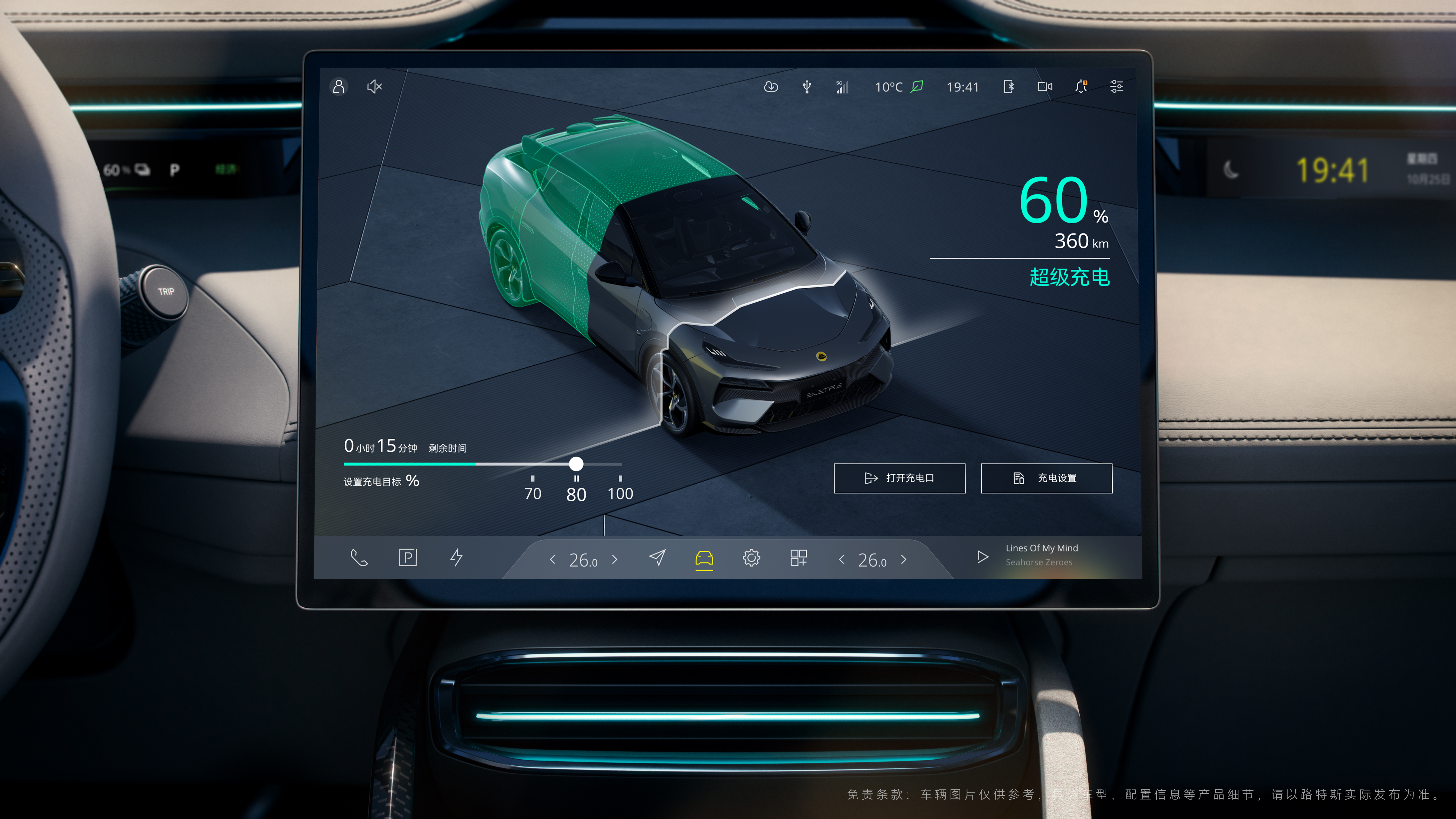
Through various imaginative and advanced technologies, we have finally dug out almost the same visual effects as offline rendering from two 8155 chips, while ensuring the smoothness of operation.
Digital Twins
After various optimizations, you can experience the “digital twin” scene where both the interior and exterior of the car are displayed simultaneously on Lotus Hyper OS.
Whether it’s opening and closing doors, adjusting the body color, adjusting the tail wing, or even adjusting the suspension height, the vehicle model will also be displayed synchronously. This way, you can get a Lotus Eletre that is almost synchronized with the car itself on the screen.
And these are only the early stages of “digital twins”. In the future, Lotus Hyper OS will receive more innovative features through OTA. If combined with the concept of the Metaverse, our imagination space will be very large.

Therefore, in terms of technical implementation, these effects not only rely on the openness of powerful Unreal Engine, but also cannot be separated from the forward-lookingness of Lotus in the vehicle design and development process.
Compatibility and Customization Options
If in the field of digital cockpits, after the hardware has been completely rolled up, what is the next thing that can be rolled up, I would think that the answer would be the software ecosystem.
Currently, on many cars, systems based on Android ports are used, which can install most Android platform applications, and some car computers can even install any application as long as they have an apk installation package.
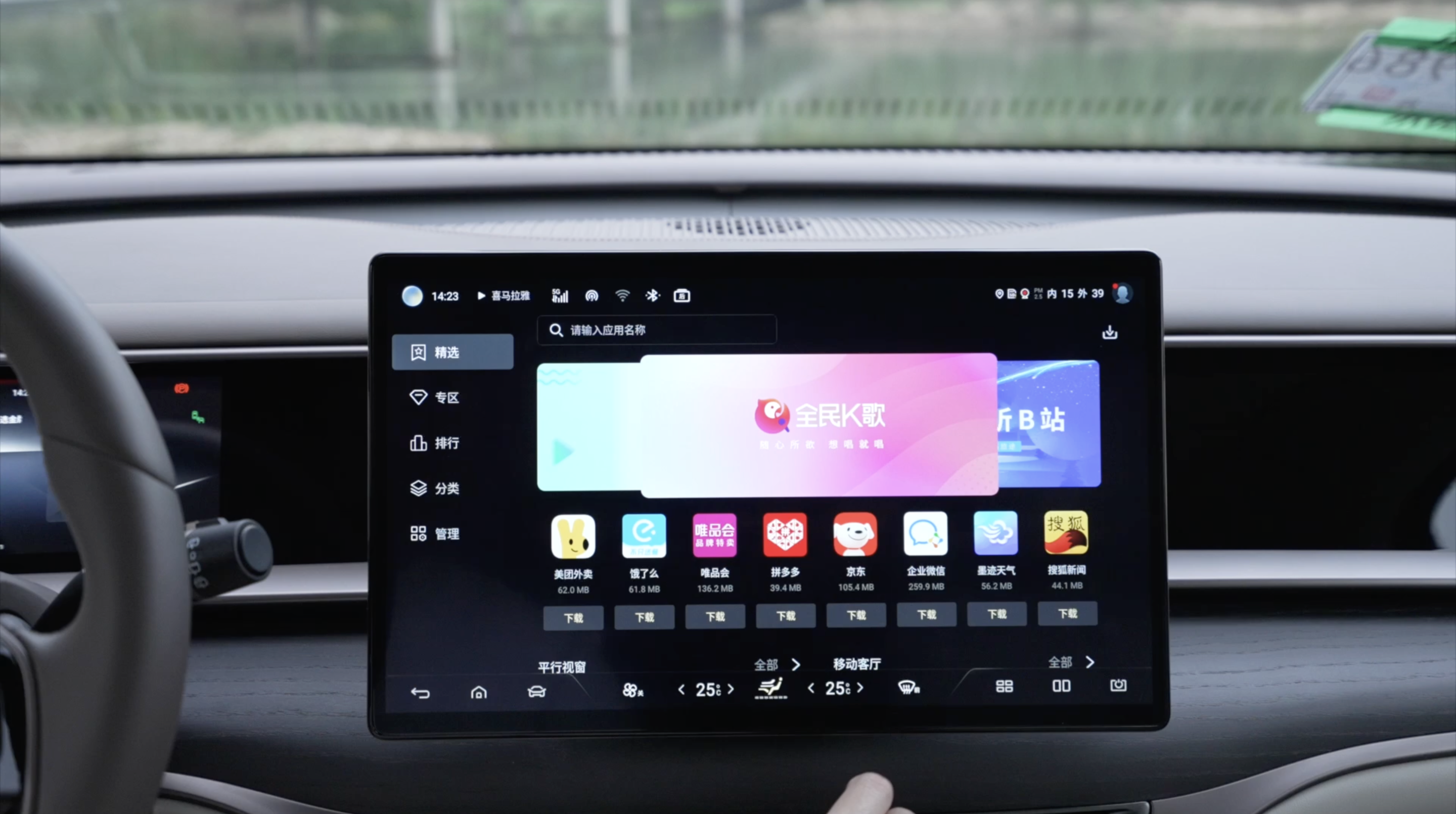
However, the biggest problem is that the main function of the car’s large screen is to serve the driving scene, and in the driving scene, layout, touch convenience, and text formatting will become new problems that need to be targetedly optimized.
Therefore, from a usage perspective, if you really want to install many apps, it may be better to bring an iPad directly into the car.Thus, at a time when various car companies have yet to reach a consensus on the standardized cabin solutions, customized App applications have become the most optimal solution for responsible customer experience.

Simply being compatible with more software ecosystems does not necessarily improve the user experience. Therefore, even though it requires more development investment, Lotus has decided resolutely to customize third-party applications to expand the software ecosystem.
Currently, Lotus has planned to include apps such as QQ Music as built-in applications that can be used upon vehicle delivery. In the future, more customized applications developed in collaboration with third parties will be brought via OTA.
Lastly
If I were asked about the new energy vehicle that I am most looking forward to in 2023, Lotus Eletre may be the only answer for me. It is almost unrivaled in interpreting “Hyper”, from aerodynamics to hardware R&D, to development and design philosophies. Perhaps it is more appropriate to describe it as the “Apple” of the intelligent circle.
Although I have not yet had actual access to the official version of Lotus Hyper OS, my interest in it remains high because its concept brings a new imagination space to the digital cabin.
In any industry in healthy development, development is accelerated. Just as in the 3G era, no one could have imagined the number of applications and ecosystems that would be born in the 4G and 5G eras.
So, in the field of intelligent cabins, are there any new forms of interaction that can push the two-dimensional interaction to the next dimension? It may be voice, gesture, or perhaps, brain-computer interface.

If we associate this imagination space with the concept of the metaverse, perhaps a metaverse combined with some new forms of interaction will become the next dimension of an intelligent cabin. Therefore, while riding in a car that has achieved full autonomous driving mode, traveling from point A to point B is like taking a ride in the metaverse.At least in a few not-too-distant months, with the delivery of Lotus Eletre, Lotus Hyper OS will be the most “next-generation” intelligent interaction system that we can experience now.
This article is a translation by ChatGPT of a Chinese report from 42HOW. If you have any questions about it, please email bd@42how.com.
